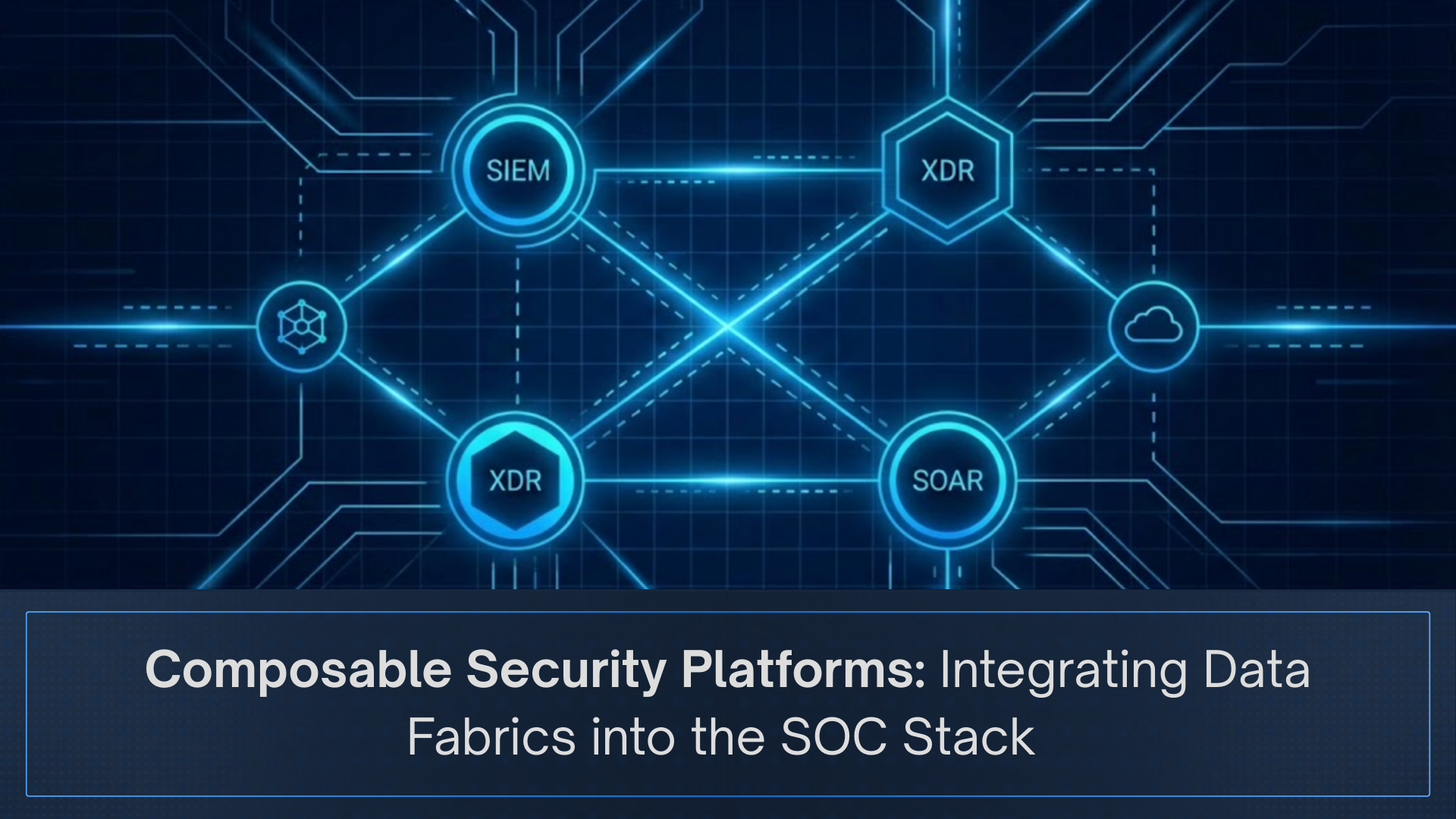What is a SIEM?
A Security Information and Event Management (SIEM) system aggregates logs and security events from across an organization’s IT infrastructure. It correlates and analyzes data in real time, using built-in rules, analytics, and threat intelligence to identify anomalies and attacks as they happen. SIEMs provide dashboards, alerts, and reports that help security teams respond quickly to incidents and satisfy compliance requirements. In essence, a SIEM acts as a central security dashboard, giving analysts a unified view of events and threats across their environment.
Pros and Cons of SIEM
Pros of SIEM:
- Real-time monitoring and alerting for known threats via continuous data collection
- Centralized log management provides a unified view of security events
- Built-in compliance reporting and audit trails simplify regulatory obligations
- Extensive integration ecosystem with standard enterprise tools
- Automated playbooks and correlation rules accelerate incident triage and response
Cons of SIEM:
- High costs for licensing, storage, and processing at large data volumes
- Scalability issues often require filtering or short retention windows
- May struggle with cloud-native environments or unstructured data without heavy customization
- Requires ongoing tuning and maintenance to reduce false positives
- Vendor lock-in due to proprietary data formats and closed architectures
What is a Security Data Lake?
A security data lake is a centralized big-data repository (often cloud-based) designed to store and analyze vast amounts of security-related data in its raw form. It collects logs, network traffic captures, alerts, endpoint telemetry, threat intelligence feeds, and more, without enforcing a strict schema on ingestion. Using schema-on-read, analysts can run SQL queries, full-text searches, machine learning, and AI algorithms on this raw data. Data lakes can scale to petabytes, making it possible to retain years of data for forensic analysis.
Pros and Cons of Security Data Lakes
Pros of Data Lakes:
- Massive scalability and lower storage costs, especially with cloud-based storage
- Flexible ingestion: accepts any data type without predefined schema
- Enables advanced analytics and threat hunting via machine learning and historical querying
- Breaks down data silos and supports collaboration across security, IT, and compliance
- Long-term data retention supports regulatory and forensic needs
Cons of Data Lakes:
- Requires significant data engineering effort and strong data governance
- Lacks native real-time detection—requires custom detections and tooling
- Centralized sensitive data increases security and compliance challenges
- Integration with legacy workflows and analytics tools can be complex
- Without proper structure and tooling, can become an unmanageable “data swamp”
A Hybrid Approach: Security Data Fabric
Rather than choosing one side, many security teams adopt a hybrid architecture that uses both SIEM and data lake capabilities. Often called a “security data fabric,” this strategy decouples data collection, storage, and analysis into flexible layers. For example:
- Data Filtering and Routing: Ingest all security logs through a centralized pipeline that tags and routes data. Send only relevant events and alerts to the SIEM (to reduce noise and license costs), while streaming raw logs and enriched telemetry to the data lake for deep analysis.
- Normalized Data Model: Preprocess and normalize data on the way into the lake so that fields (timestamps, IP addresses, user IDs, etc.) are consistent. This makes it easier for analysts to query and correlate data across sources.
- Tiered Storage Strategy: Keep recent or critical logs indexed in the SIEM for fast, interactive queries. Offload bulk data to the data lake’s cheaper storage tiers (including cold storage) for long-term retention. Compliance logs can be archived in the lake where they can be replayed if needed.
- Unified Analytics: Let the SIEM focus on real-time monitoring and alerting. Use the data lake for ad-hoc investigations and machine-learning-driven threat hunting. Security analysts can run complex queries on the full dataset in the lake, while SIEM alerts feed into a coordinated response plan.
- Integration with Automation: Connect the SIEM and data lake to orchestration/SOAR platforms. This ensures that alerts or insights from either system trigger a unified incident response workflow.
This modular security data fabric is an emerging industry best practice. It helps organizations avoid vendor lock-in and balance cost with capability. For instance, by filtering out irrelevant data, the SIEM can operate leaner and more accurately. Meanwhile, threat hunters gain access to the complete historical dataset in the lake.
Choosing the Right Strategy
Every organization’s needs differ. A full-featured SIEM might be sufficient for smaller environments or for teams that prioritize quick alerting and compliance out-of-the-box. Large enterprises or those with very high data volumes often need data lake capabilities to scale analytics and run advanced machine learning. In practice, many CISOs opt for a combined approach: maintain a core SIEM for active monitoring and use a security data lake for additional storage and insights.
Key factors include data volume, regulatory requirements, budget, and team expertise. Data lakes can dramatically reduce storage costs and enable new analytics, but they require dedicated data engineering and governance. SIEMs provide mature detection features and reporting, but can become costly and complex at scale. A hybrid “data fabric” lets you balance these trade-offs and future-proof the security stack.
At the end of the day, rethinking SIEM doesn’t necessarily mean replacing it. It means integrating SIEM tools with big-data analytics in a unified way. By leveraging both technologies — the immediate threat detection of SIEM and the scalable depth of data lakes — security teams can build a more flexible, robust analytics platform.
Ready to modernize your security analytics? Book a demo with Databahn to see how a unified security data fabric can streamline threat detection and response across your organization.



.png)


.png)








.avif)

.avif)








